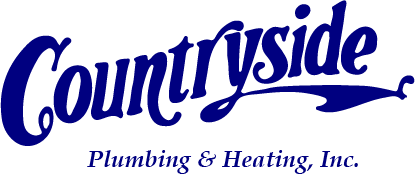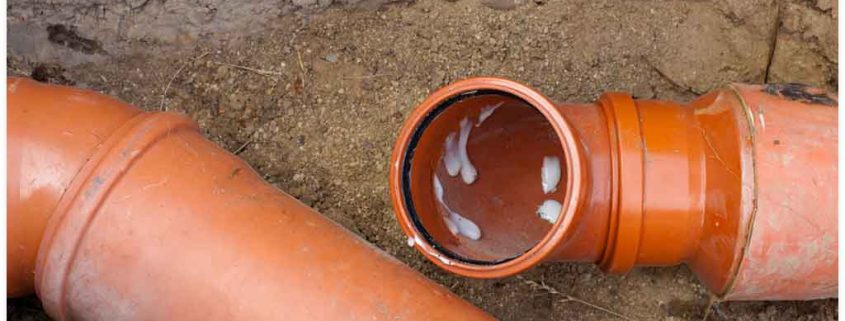Sewer Backup: Causes and Prevention
A sewer backup is one of the worst things that could happen to a residential plumbing system. Taking preventive measures and knowing what to do in the event that it does happen can save you a lot of future problems. Your local plumbing and radiant heat contractor Countryside Plumbing & Heating, Inc share everything you need to know about sewer backups in this blog.

Causes of Sewer Backups
Residential buildings have an incoming water line for tap water and outgoing sewer lines which move wastewater from the kitchen, bathroom and other parts of the house. When this gets blocked or breached, the result is wastewater backing up and contaminating the incoming water line. If this happens, the contaminated tap water can pose several health risks, as well as accelerate mold growth.
Signs of a Sewer Backup
There are certain signs that indicate problems with the sewer line. Taking immediate action by calling a local plumbing and electric heater contractor as soon as you notice such signs can help prevent bigger problems.
One common indicator of a backed-up sewer line is when more than one drain—shower drain, kitchen drain or toilet—starts draining slowly. A clearer indicator is when two or more drains from different areas of the house start doing the same. Another sign you should watch out for is when waste from one pipe backs up into another, which could happen after you drain the washing machine or flush the toilet. If this happens, avoid using and especially drinking tap water until the problem is addressed by a plumbing professional.
How to Prevent Sewer Backups
Knowing what causes sewer backups can help you take preventive measures before they can get worse. These causes can be classified as controllable or uncontrollable factors. The latter includes floodwater (particularly during storms), clogged sewer mains and soil settling around drainage pipes.
There are, however, certain factors that you can control, which can help prevent sewer backups. Sticking to a regular maintenance routine, which can be as often as twice a year, keeps you up-to-date with the state of your system. In addition to preventing sewer backups, this will also help prevent problems that lead to clogged drains and burst water lines. Installing root barriers near sewer lines helps prevent damage caused by tree roots.
Implementing best practices is also a good preventive measure. Make sure you and everyone else in your household is using only toilet paper when using the toilet. Avoid dumping grease and fat down the drains, as this can cause what is known as “fatbergs”, or solid masses made of fat and other detritus that usually form when it’s cold. Taking preventive steps and working with a knowledgeable plumber can help make sure that backed-up sewer lines are the least of your worries.
Call Countryside for Your Plumbing and HVAC Needs
Are you looking online for furnace prices or solutions to plumbing issues? If so, call Countryside at (715) 246-2660 or fill out our contact form to schedule an appointment.





